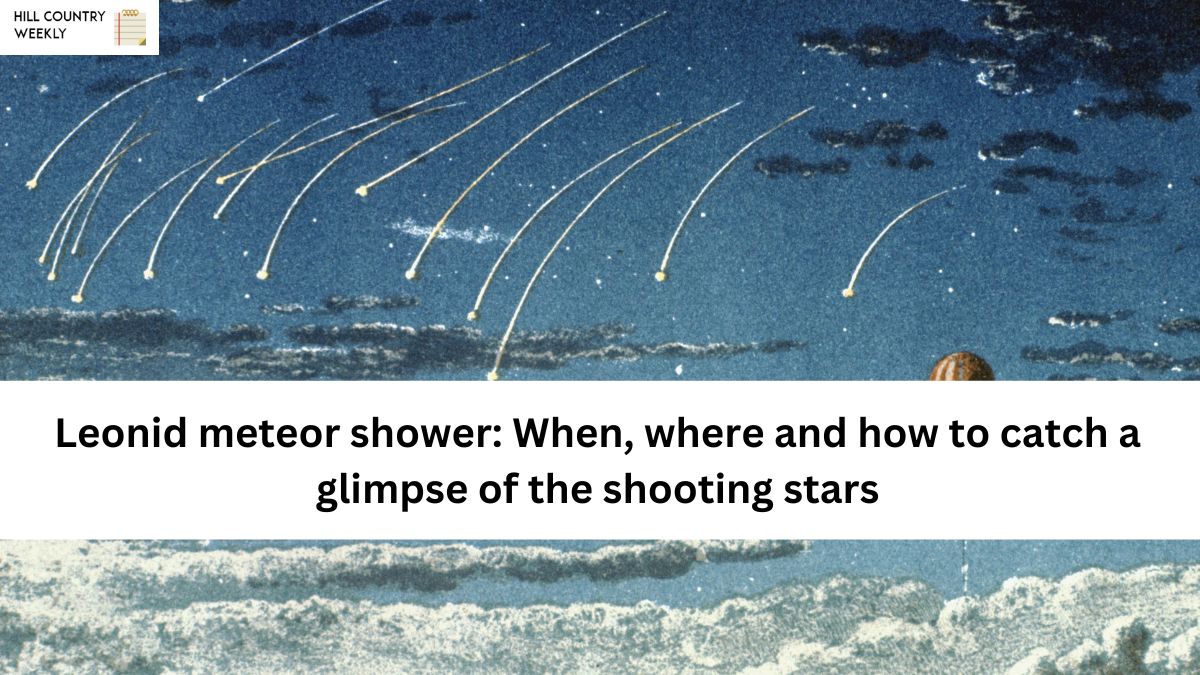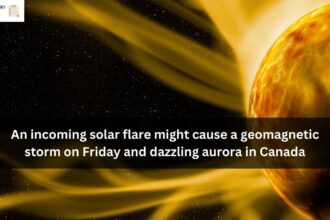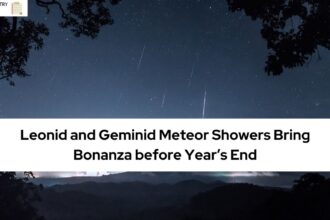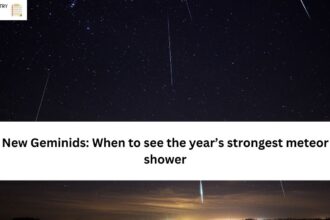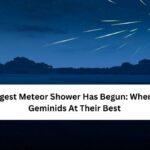If you’ve ever stared up at the night sky, you know there’s something magical about those pinpricks of light scattered across the vast canvas. Well, get ready for a celestial spectacle that’s like nature’s own fireworks display—the Leonid meteor shower. Now, you might be wondering, “When, where, and how can I catch a glimpse of these shooting stars?” Fear not, we’ve got you covered.
When Will the Show Begin?
The Leonids are no strangers to the cosmic stage, but they have their prime time, and this year, it’s going to be a night to remember. Grab your calendar and mark the date: the peak of the Leonid meteor shower is expected around the night of November 17th into the early hours of November 18th. So, make a mental note to keep your eyes on the skies during these cosmic hours.
Where’s the Best Seat in the Celestial House?
Location, they say, is everything, and it holds true for meteor showers too. The Leonids are not divas; they can be spotted from both hemispheres. Whether you’re in the northern or southern part of our beautiful blue planet, find a spot away from the city lights. Urban glow tends to steal the show, making it hard to appreciate the meteoric magic. Head to the countryside, a park, or your backyard if it’s far from the neon hustle and bustle.
How to Prepare for Meteor-geddon
Alright, it’s showtime. You’ve found your spot, the night is clear, and you’re armed with excitement. But how do you optimize your chances of catching those elusive shooting stars?
- Early Bird Gets the Cosmic Worm: The best time to witness the Leonids is in the pre-dawn hours. Set that alarm, grab a cozy blanket, and venture out when the world is still in the peaceful embrace of darkness.
- Leave the Telescopes at Home: Forget about telescopes for this one. Meteor showers are like the shooting stars’ parade, and using binoculars or a telescope might restrict your view. Embrace the simplicity of just gazing at the vastness above.
- Patience is a Virtue: Meteor showers are not about instant gratification. Give yourself some time to adjust to the darkness; it takes about 20 minutes for your eyes to get used to the lack of light. Once you’re in sync with the night, you’ll catch more falling stars than you can count.
- Pack the Essentials: It might sound like we’re going camping, but all you need is a reclining chair or a blanket, some snacks, and perhaps a warm beverage. Meteor watching is a waiting game, so make yourself comfortable.
The Cosmic Ballet Unveiled
As Earth pirouettes through space, we encounter debris left behind by the comet Tempel-Tuttle. When this cosmic debris collides with our atmosphere, it ignites, creating the breathtaking streaks of light we call meteors. The Leonids, named after the constellation Leo, are particularly famous for their bright and fast meteors, leaving a vivid trail as they traverse the night sky.
The Science Behind the Sparkle
Now, let’s get our geek on for a moment. The Leonids are swift, traveling at a whopping 44 miles per second (that’s approximately 71 km/s). Why so fast? Blame it on their origin—the Tempel-Tuttle comet. As this comet swings around the sun, it leaves a trail of dust and debris. When Earth intersects this celestial detritus, the particles slam into our atmosphere, creating those dazzling streaks of light.
A Meteor Shower for Everyone
Even if you’re not a card-carrying member of the astronomy club, the Leonids offer a show that everyone can appreciate. It’s a cosmic event that connects us with the vastness of the universe, making us marvel at the wonders beyond our daily lives. So, gather your friends, family, or just your thoughts, and spend a night under the stars, enjoying the breathtaking display of the Leonid meteor shower.
Final Thoughts: A Celestial Symphony
As the world turns and the stars paint their ephemeral strokes across the velvet sky, the Leonid meteor shower becomes a reminder that, in the grand scheme of the cosmos, we’re just tiny spectators to a celestial symphony. So, set aside some time, find your patch of darkness, and let the magic unfold. The Leonids are nature’s way of saying, “Happy New Year to the cosmos!”

